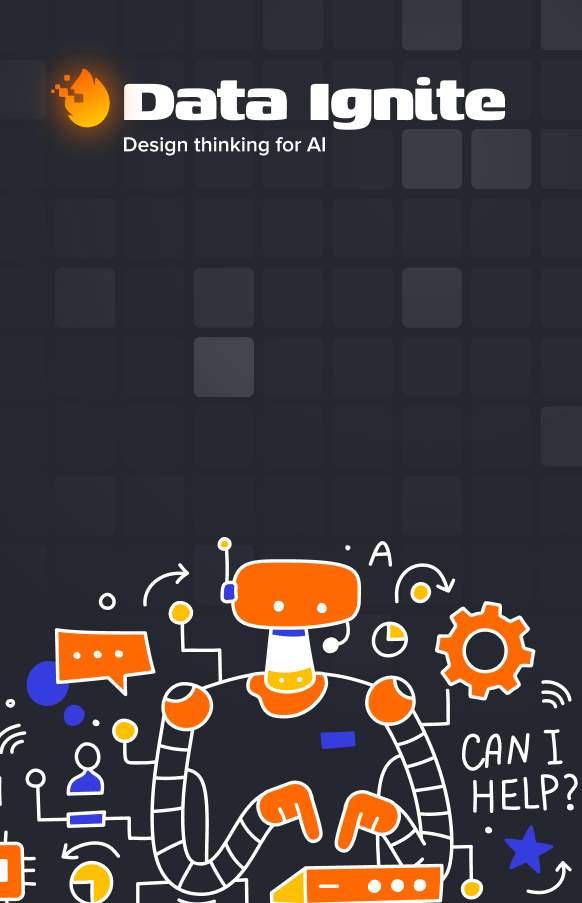Managing Operational Risk: Proven Strategies & Best Practices
Jun 30, 2025 in Industry Overview
Learn effective methods for managing operational risk. Discover key frameworks, controls, and culture tips to protect your business today.
Not a member? Sign up now
Learn about the different ways AI can be applied in Financial Services
Paulo Maia on Dec 12, 2022
In recent years, the financial services industry has been innovating technologically, supported by a complex ecosystem including banks, financial service providers, and start-ups (link). Within this blogpost, we showcase our vision of AI in Financial Services.
From our point of view, we can group use cases in AI in three distinct entities, depending on the level of granularity
What kind of data do I need?
Although most of the use cases described below require specific data sources, we can define a few general data points for each entity. If you work in this area and see a data source you haven’t started acquiring in a structured way yet, get to it!

Companies can also be grouped by its main mission/objective. In each of them, we can further detail use cases for each entity type.

Book a meeting with Rafael Cavalheiro
Meet Rafael Learn MoreNow, let’s review some specific use cases per company type in the financial services industry. Overall, the use cases focus on using AI for mitigating risks, providing a better experience for the user and guaranteeing business sustainability.
Banking and Money Transfer companies transfer money from entity to entity. Companies within this group include Revolut, N26 and Monzo.
Microentity Level:
User level
Company level
Payment companies transfer money from a person to a company, such as Paypal and Stripe.
Microentity Level:
User level:
Company level:
Finance companies – such as Cetelem, Klarna and Cashea, make loans to individuals and businesses.
Microentity Level:
User level:
Company level:
If you’re curious about some of these use cases but aren’t sure how beneficial it will be for your company, worry not! In our Data Ignite course, you can find out how to realize potential risks and mitigation strategies at the project conception stage, and learn a common language to discuss AI projects between technical and non-technical teams.

Find out how to realize potential risks and mitigation strategies
Learn MoreWithin the investments and brokers groups, we consider companies that facilitate transactions between traders, sellers, or buyers. Examples include DeGiro, trading212, xtb and multiple P2P lending companies (PeerBerry, Mintos, estateguru, GoParity, etc).
Microentity Level:
User level:
Company level:
Lastly, FinTech companies are software companies that provide services to Financial Services, and build part of the use cases listed above. The crypto Industry is also fulfilling the roles of brokers, banking, money transfer, payments, using different technologies.
There are some general use-cases related to KYC (Know your Customer), with general problems such as Legal Document Validation, knowledge tests…
AI in Financial Services is on the path to be a tool to revolutionize the provided services. At the scale of people using financial services, and the fact that most services are online now, facilitating the acquisition of data and the creation of value, there’s a huge potential for innovation and growth in this area.

Book a meeting with Rafael Cavalheiro
Meet Rafael Learn MoreLike this story?
Special offers, latest news and quality content in your inbox.
Jun 30, 2025 in Industry Overview
Learn effective methods for managing operational risk. Discover key frameworks, controls, and culture tips to protect your business today.
Jun 30, 2025 in Industry Overview
Learn how bottleneck analysis can help you find and resolve constraints efficiently. Discover tips for effective bottleneck analysis today!
Jun 5, 2025 in Industry Overview
Master quality control automation with proven strategies that drive real results. Discover practical insights from industry leaders.
| Cookie | Duration | Description |
|---|---|---|
| cookielawinfo-checkbox-analytics | 11 months | This cookie is set by GDPR Cookie Consent plugin. The cookie is used to store the user consent for the cookies in the category "Analytics". |
| cookielawinfo-checkbox-functional | 11 months | The cookie is set by GDPR cookie consent to record the user consent for the cookies in the category "Functional". |
| cookielawinfo-checkbox-necessary | 11 months | This cookie is set by GDPR Cookie Consent plugin. The cookies is used to store the user consent for the cookies in the category "Necessary". |
| cookielawinfo-checkbox-others | 11 months | This cookie is set by GDPR Cookie Consent plugin. The cookie is used to store the user consent for the cookies in the category "Other. |
| cookielawinfo-checkbox-performance | 11 months | This cookie is set by GDPR Cookie Consent plugin. The cookie is used to store the user consent for the cookies in the category "Performance". |
| viewed_cookie_policy | 11 months | The cookie is set by the GDPR Cookie Consent plugin and is used to store whether or not user has consented to the use of cookies. It does not store any personal data. |